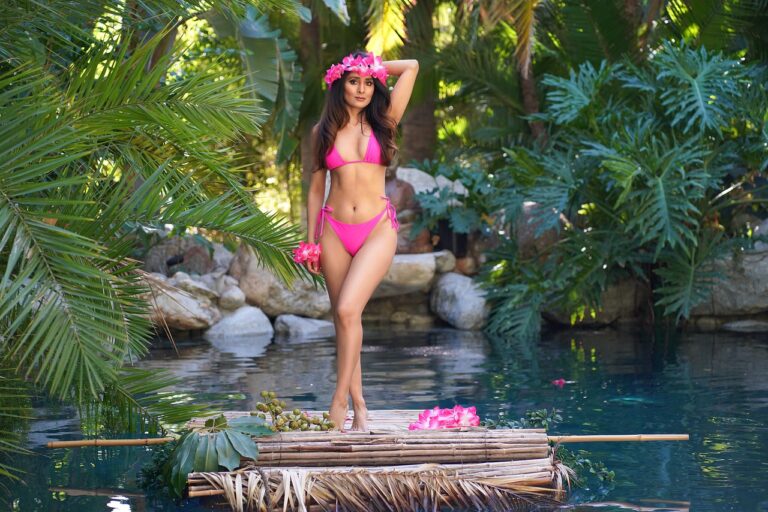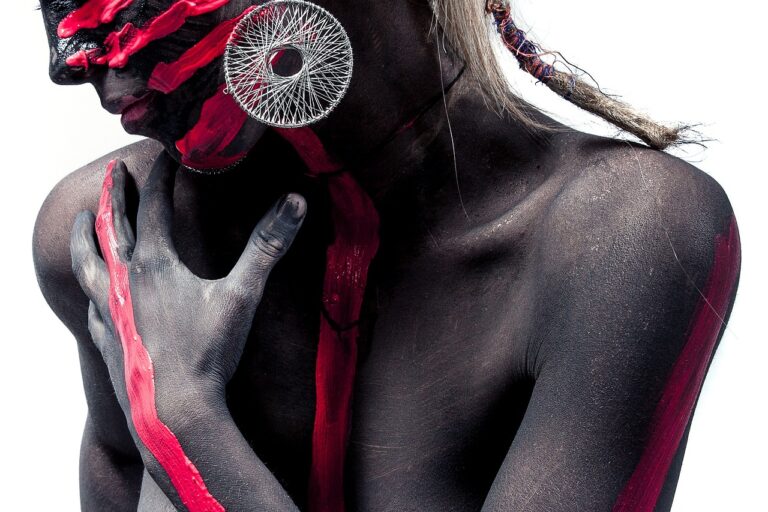Fashion and Augmented Reality: AR Fashion Apps and Virtual Try-On Experiences
Shopping has come a long way from traditional brick-and-mortar stores to the online realm. With the rise of e-commerce platforms, consumers now have the convenience of browsing and purchasing products from the comfort of their homes. This shift has significantly transformed the shopping experience, offering more choices, competitive prices, and easy access to a global marketplace.
Advancements in technology have further revolutionized the shopping landscape, introducing features like personalized recommendations, virtual try-ons, and seamless payment methods. The integration of artificial intelligence and data analytics has enabled retailers to understand consumer preferences better and tailor their offerings accordingly. As a result, shopping has become more personalized and efficient, catering to the individual needs and tastes of customers.
Benefits of Augmented Reality in Fashion
Augmented Reality (AR) is revolutionizing the fashion industry by offering a unique and interactive shopping experience to consumers. With AR technology, customers can virtually try on clothes and accessories without the need to visit physical stores. This not only saves time but also enhances convenience for shoppers, allowing them to make more informed purchasing decisions.
Furthermore, AR in fashion opens up new possibilities for personalization and customization. By using AR apps, customers can mix and match different clothing items, experiment with styles, and tailor outfits to their preferences. This level of customization not only enhances the overall shopping experience but also strengthens the connection between consumers and brands, ultimately leading to increased customer satisfaction and loyalty.
How AR is Revolutionizing the Fashion Industry
In recent years, the fashion industry has witnessed a significant transformation with the integration of Augmented Reality (AR) technology. Retailers are now leveraging AR to provide customers with immersive and interactive shopping experiences, bridging the gap between online and physical stores. Consumers can now try on clothes virtually, visualize how different outfits will look on them, and even see how makeup products will appear on their skin, all through the lens of AR technology.
Moreover, AR is empowering fashion brands to engage with their customers in innovative ways. By enabling interactive product demonstrations and virtual fitting rooms, customers can make more informed purchasing decisions. This level of personalization not only enhances the overall shopping experience but also fosters stronger brand loyalty. As AR continues to revolutionize the fashion industry, it presents endless possibilities for brands to connect with their target audience on a deeper level, ultimately reshaping the way we shop for clothing and accessories.
How has augmented reality revolutionized the fashion industry?
Augmented reality has revolutionized the fashion industry by enhancing the shopping experience, allowing customers to virtually try on clothes and accessories before making a purchase.
What are the benefits of using augmented reality in the fashion industry?
Some benefits of using augmented reality in the fashion industry include increased engagement with customers, reduced return rates due to more accurate sizing, and the ability to showcase products in a unique and interactive way.
How has the shopping experience evolved with the use of augmented reality?
The shopping experience has evolved with the use of augmented reality by providing customers with a more immersive and personalized shopping experience, allowing them to visualize how clothing and accessories will look on them before making a purchase.
Can augmented reality be used in other areas of the fashion industry besides shopping?
Yes, augmented reality can be used in other areas of the fashion industry such as virtual fashion shows, designing and creating virtual prototypes, and enhancing the overall branding and marketing efforts of fashion brands.
Are there any limitations to using augmented reality in the fashion industry?
Some limitations of using augmented reality in the fashion industry include the initial cost of implementing AR technology, the need for reliable internet connection for a seamless experience, and the challenge of creating realistic virtual try-on experiences for customers.







